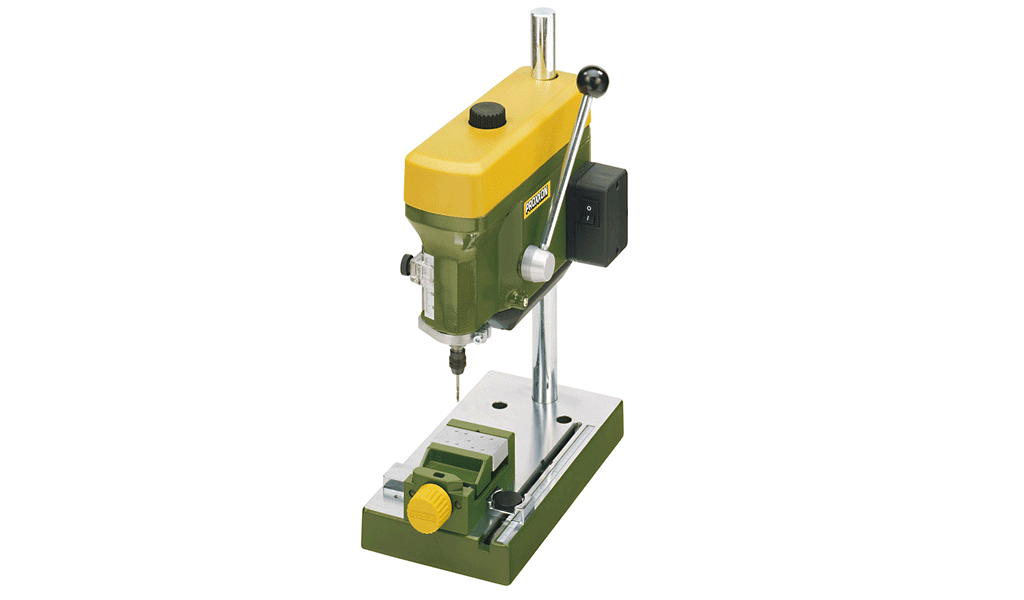🎄🎅Ho Ho Ho🤶🎄
Once again it is the season for all things jolly!! Merry Christmas to all of you!!!
Today I want to show you how to make a cute little Christmas tree. And the good news is...it isn't going to hardly cost a thing. We are going to use some scraps and yard waste.
From this↓ to this ↓
Equipment and supplies
cut offs from pruning trees Pieces approx 12" long and 1/2" in diameter
Sturdy wire 12 - 14 gauge approx 18 "
scrap wood 1/4" thick (for star)
2 square pieces approx. 4" x 4" for stand
decor of your choice (think dollar tree for small ornaments)
First thing I did was to collect quite a few straight pieces of limbs that I had pruned off a hydrangea bush.
Using a measuring tool I measured 4 each of 14" 12" 10" 8" 6" 4" and 2" and cut them to size using my
Proxxon mini scroll saw.
I laid them out in the shape of a Christmas tree then used a straight edge to draw a line down the middle of them all (see picture below) Using white paint (my pencil line did not show) I made a dot at the center of each little limb.
 |
| 1 |
In the middle picture I was holding the twig but I found it much easier to let the
Proxxon machine vise MS 4 do the holding for me. This keeps it absolutely steady during the drilling process.
Next I took a slightly larger limb and cut it to about 2 " as this will be the trunk of my Christmas tree. I used the
Proxxon mini drill press to drill a hole down the middle of it as well.
I cut out my star and my 2 pieces of 4" x 4" pieces for the stand using
Proxxon's mini scroll saw. The star gets a hole drilled half way though it and one piece of the stand gets a hole in the center. I do all this on the
Proxxon mini drill press. The piece of the stand with the hole gets a slot where the wire will fit.
Thread the wire up through the first stand piece then the "trunk" piece and up through the branches starting with the largest to the smallest. End with putting the wire into the star and gluing it there. Push all the branches up tight to the star then bend the remaining wire at the bottom. Cut it off and let it slip into the slit you cut in the base piece.
glue the second 4 x 4 base piece over the first one. This will cover the wire and keep it secure and it is a nice flat surface for the tree to sit on.
Spread out the branches so it looks nice.
Now paint and decorate your tree. I used
Plaid Paints for the bright colors. Green for the tree then I added some white to the ends as snow. I added small Christmas ornaments I got at the dollar tree store.
How's that for a homemade Christmas tree? It looks cute on a table. Could be used as a center piece. It can be made whatever size you like.
Ok, now I am ready for Christmas. It is always fun to make something. It helps me get in the mood. You all have a great Christmas now. Ya hear...… Thanks for visiting. Thanks
Proxxon and
Plaid!
See you next year...
Carol

























































